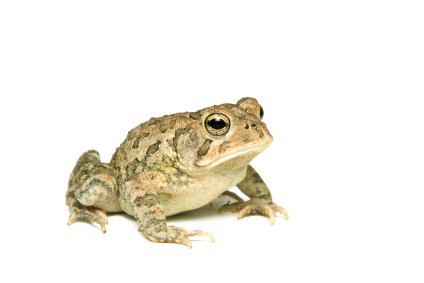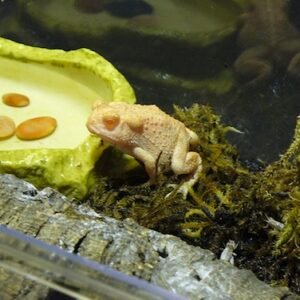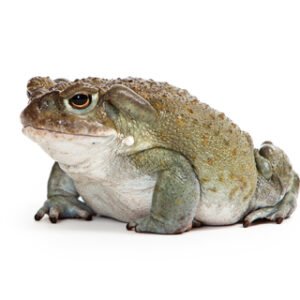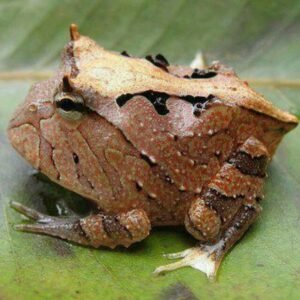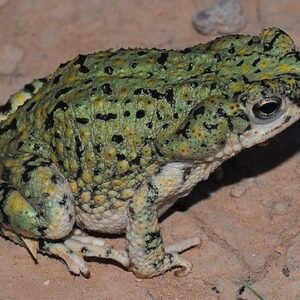Understanding the Southern Toad
The Southern Toad (Anaxyrus terrestris) is a fascinating amphibian that exhibits a range of distinctive physical characteristics. Typically, these toads measure between 2 to 4 inches in length, with some individuals growing larger in optimal conditions. Their skin displays a predominant olive to brown hue, adorned with dark blotches that provide effective camouflage within their natural habitat. This cryptic coloration is essential for predator avoidance, allowing the Southern Toad to blend seamlessly into the leaf litter and soil of its environment. The toad’s skin is also noteworthy for its warty texture, which contributes to its unique appearance.
Southern Toads are native to the southeastern United States, where they inhabit various ecosystems, including wetlands, gardens, and dry forests. They thrive in areas with abundant moisture, often found near seasonal ponds or swamps. These habitats provide the toads with essential resources for breeding, as they return to standing water to lay their eggs. The Southern Toad is known for its remarkable adaptability, allowing it to also flourish in disturbed habitats, such as urban gardens. This versatility highlights the species’ ecological resilience.
The diet of the Southern Toad primarily consists of insects, worms, and other small invertebrates, making it an important player in controlling pest populations within its ecosystem. Their feeding habits are characterized by opportunistic hunting, relying on both ambush tactics and active foraging. The Southern Toad undergoes a complex lifecycle, beginning with eggs that hatch into tadpoles, which eventually metamorphose into adult toads. During their development, these amphibians play crucial roles in nutrient cycling within their habitats. Understanding these characteristics and behaviors is essential for anyone looking to keep a Southern Toad as a pet, ensuring that their care and environment can closely mimic their native surroundings.
Caring for Your Southern Toad: Habitat, Diet, and Maintenance
Creating a suitable habitat is essential for the well-being of your Southern Toad, which is a popular choice among amphibian enthusiasts. Initially, the tank size should be a minimum of 20 gallons, providing ample space for the toad to explore. The substrate plays a critical role in maintaining humidity and comfort; top choices include coconut fiber or sphagnum moss, as they retain moisture without posing a risk of impaction. This allows the toad to burrow and feel secure, mimicking its natural environment.
Temperature and humidity are paramount for the health of your Southern Toad. The enclosure should maintain a temperature range between 72°F and 80°F during the day, with cooler temperatures at night encouraging a natural day-night cycle. To achieve the right humidity levels, a humidity range of 50% to 70% is ideal. Regular misting and water dishes not only help achieve these levels but also assist in providing drinking water. Incorporating hiding spots, like logs, rocks, or commercial reptile hides, will help alleviate stress, as Southern Toads are nocturnal and prefer secluded environments.
Diet is another critical aspect of your toad’s care. Southern Toads are primarily insectivores, thriving on a diet of commercially available insects such as crickets, mealworms, and waxworms. It’s essential to offer a variety of food sources to ensure a balanced diet, feeding them every other day in moderation to prevent obesity. Additionally, supplementing their diet with calcium and vitamin D3 powders will fortify their nutritional intake.
Ongoing maintenance is vital for your Southern Toad’s health. Regular cleaning of the enclosure prevents the build-up of waste and harmful bacteria, which can adversely affect the toad’s well-being. Partially changing the substrate and disinfecting food and water bowls weekly will promote a hygienic environment. Regular health check-ups, monitoring for signs of lethargy or skin issues, will help you identify potential health problems early on, ensuring your Southern Toad thrives in its care. By adhering to these guidelines, you will foster a healthy, vibrant life for your Southern Toad.

